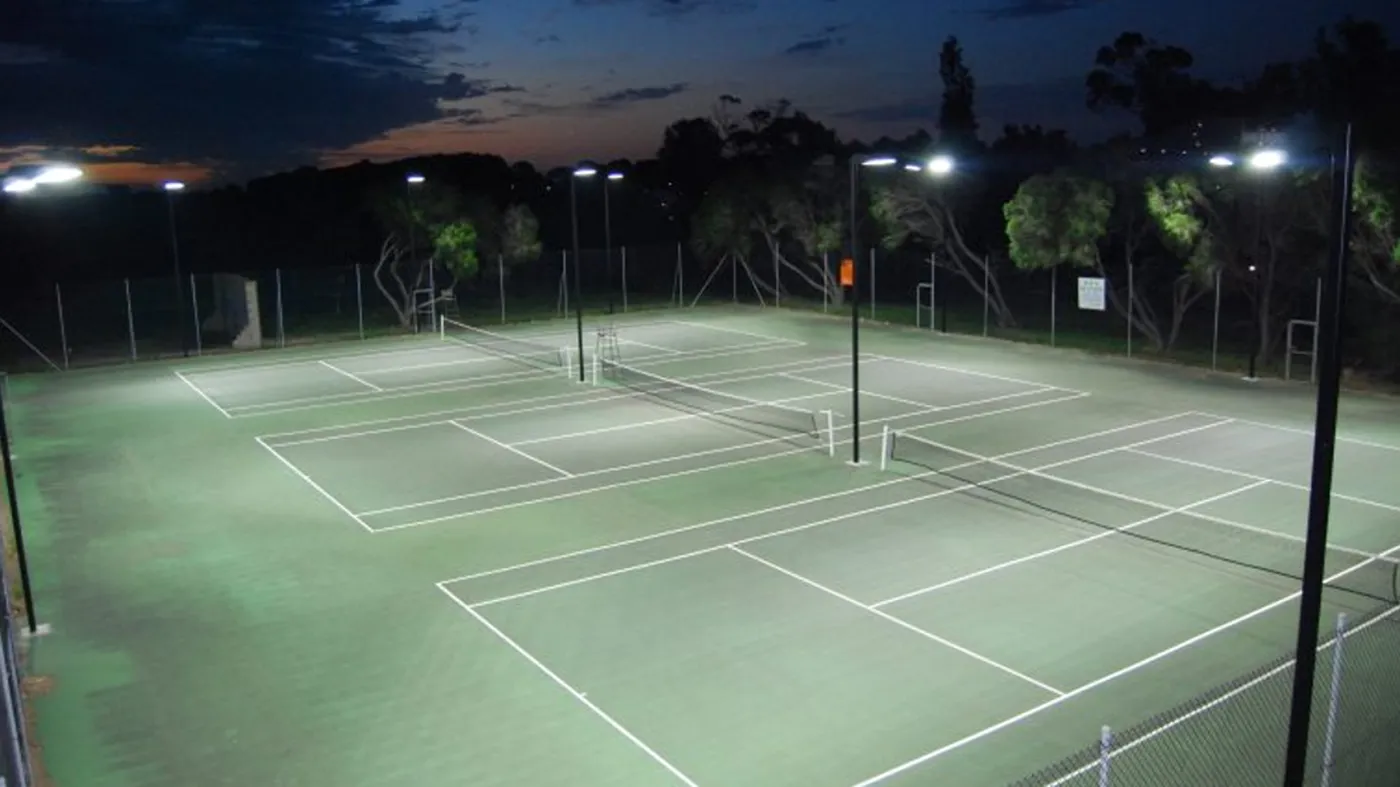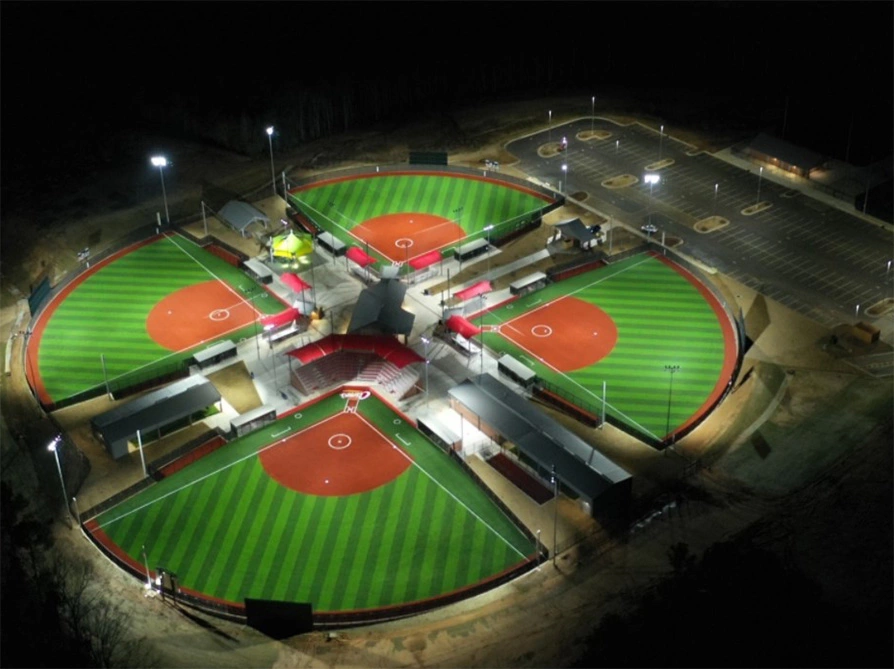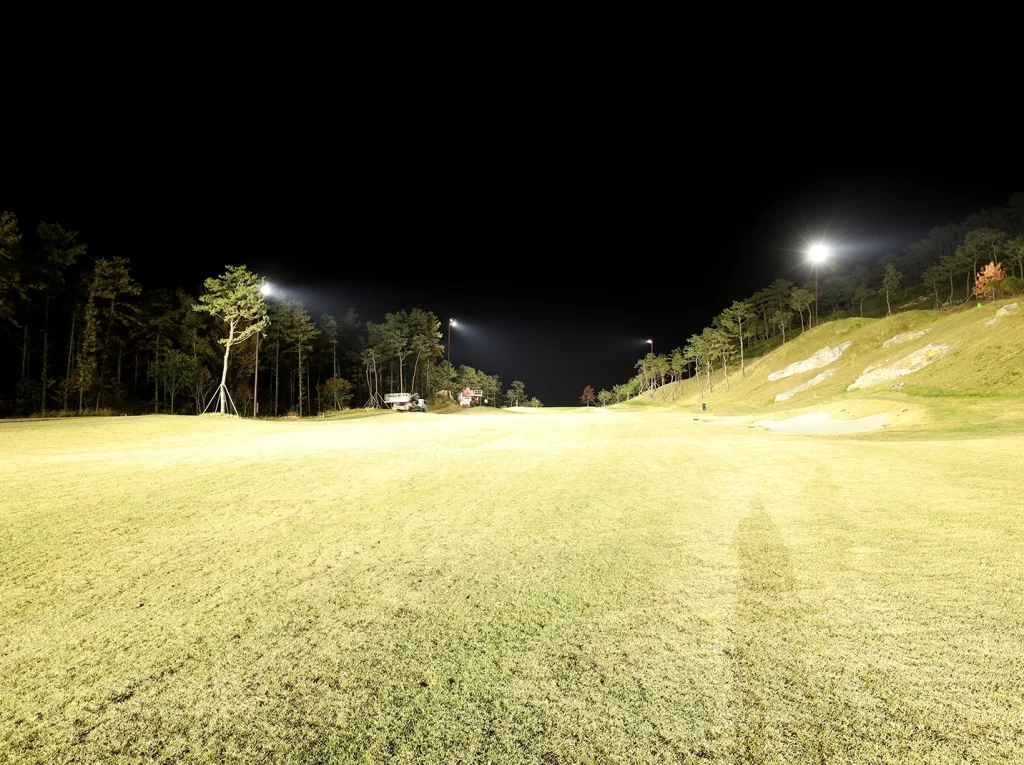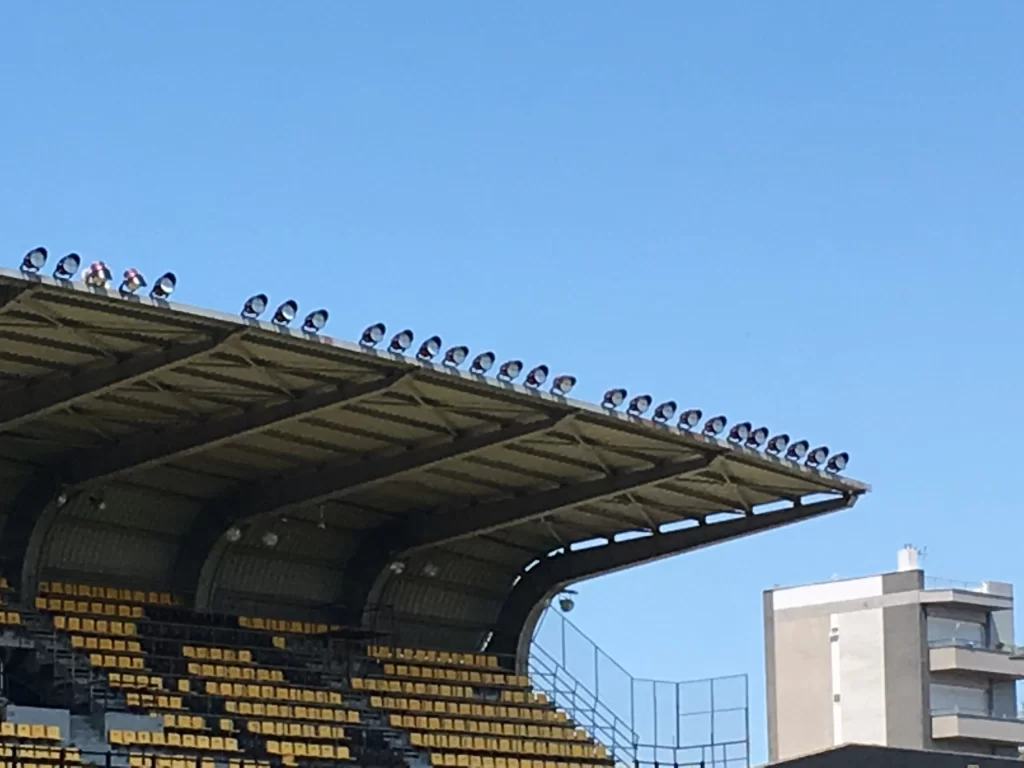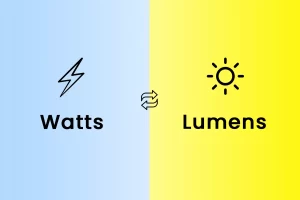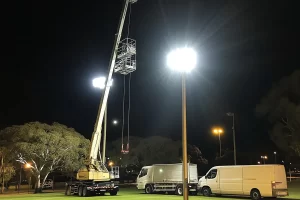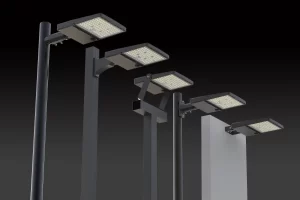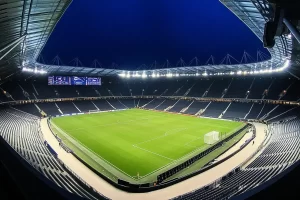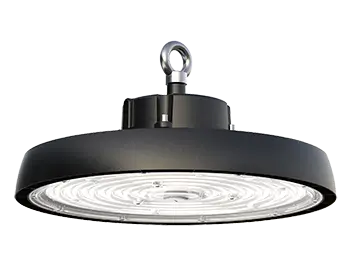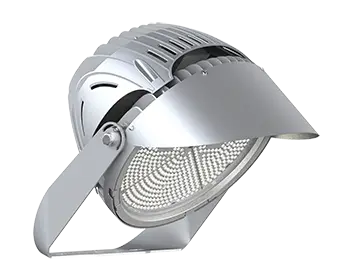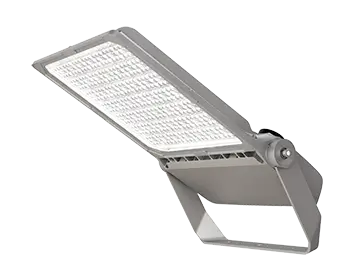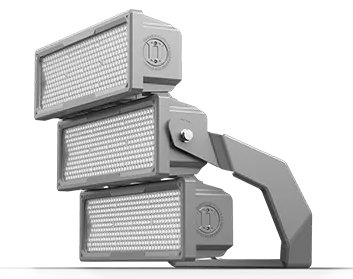Ever noticed how the atmosphere of a tennis match changes when the sun sets and the floodlights take over? Or have you played a round of tennis under poor lighting and found it frustratingly challenging? Tennis, like many sports, is a game where lighting plays a pivotal role. Good lighting in tennis is not just about visibility; it’s about enhancing player performance, safety, and the overall experience.
Understanding the Basics of Tennis Lighting
Before we delve into the crux of the matter, let’s first understand the basics of tennis lighting. Tennis court lights are designed to uniformly illuminate the court, minimizing shadows and ensuring optimum visibility. Proper lighting is crucial in a high-speed sport like tennis, where the ability to track a small, fast-moving ball can make the difference between a winning shot and a missed opportunity.
Types of Tennis Court Lights
There are primarily two types of tennis court lights: LED and traditional metal halide lights. LED lights are becoming increasingly popular due to their superior energy efficiency, longevity, and light quality.
Key Factors in Choosing Tennis Lights
When choosing tennis lights, some of the key factors to consider include light intensity, color rendering index (CRI), and uniformity of light distribution. These elements collectively impact the quality of light, affecting player performance.
Impact of Poor Lighting on Tennis Players
Impact on Physical Performance
Poor lighting can severely hamper a player’s physical performance. Difficulty in tracking the ball can lead to incorrect strokes and can even cause physical strain and injuries.
Impact on Mental Well-being
Playing under substandard lights not only affects physical performance but can also be mentally stressful, leading to reduced focus and lowered morale.
How Proper Tennis Lights Improve Performance
Enhanced Visibility and Accuracy
Proper lighting enhances visibility, allowing players to track the ball better, improving their timing and accuracy.
Improved Safety and Comfort
Well-lit courts reduce the risk of accidents and injuries, and also reduce eye strain, making the game more comfortable to play.
Boosting Player Morale
A well-lit court can boost player morale, as they can play confidently knowing they can see clearly and play safely.
Real-World Examples of Lighting Impact on Tennis
Case Study: Famous Matches Influenced by Lighting
In the world of professional tennis, lighting has played a decisive role in many matches. One famous instance is the Wimbledon 2015 match between Novak Djokovic and Philipp Kohlschreiber, where the match had to be paused due to bad light, breaking the rhythm of the players.
Player Testimonials
Many professional players have voiced the importance of good lighting in their performance, further substantiating its crucial role in the sport.
Conclusion
In conclusion, tennis court lighting dramatically impacts player performance. By improving visibility, boosting player morale, and reducing the risk of injuries, good lighting is as integral to the game as the players themselves.
FAQs
Can tennis be played without lights?
Yes, but only in the daytime. Night matches require artificial lighting.
How many lights are required for a tennis court?
It depends on the size of the court and the type of lights used, but generally, a tennis court requires between four and eight lights.
Do all tennis courts have lights?
Not all. However, for professional courts and venues that host night matches, lighting is a requirement.
Why is LED lighting preferred for tennis courts?
LED lights are energy-efficient, have a longer lifespan, and provide high-quality, uniform light, making them ideal for tennis courts.
Does the type of light affect the color of the tennis ball?
The type of light can affect color perception. Hence, the choice of light can impact how well players see the tennis ball.


